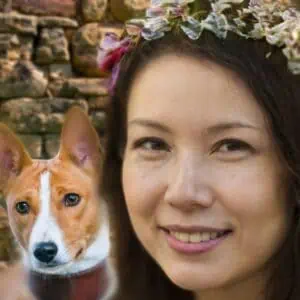Basenji Dog Breed Guide (101, Photos, Puppies)
One of the smallest hound dogs, the Basenji was originally bred in Congo, Africa, for hunting small game and vermin. Also known as the African Barkless Dog, Basenjis are known for their unique vocalizations like howling and yodeling in place of their inability to bark.

They used to run in silent packs and had to wear bells to let their hunter-owners know where they were when running deep in the jungles of Africa.
In this blog post, we’ll look at all the characteristics of this ancient breed and learn more about this small, cat-like hound.
The Basenji – A Brief History
Basenjis are a type of dog that originated in Africa. They are called “barkless dogs” because they make very little noise. Basenjis were used by the ancient Egyptians for hunting, and they were also popular among the royals of Abyssinia, now modern-day Ethiopia.
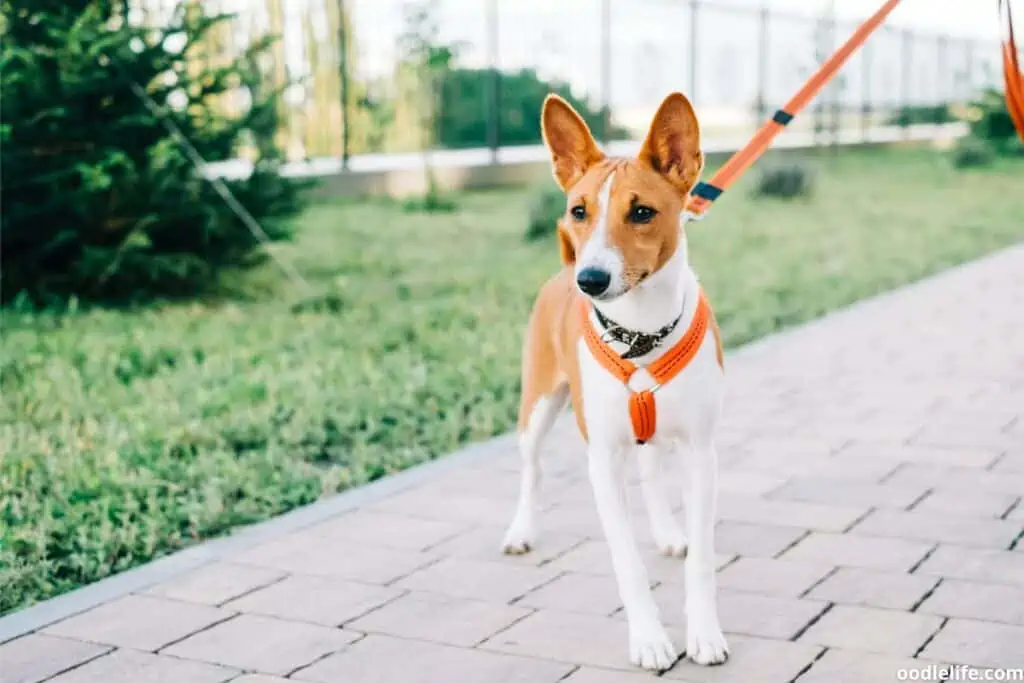
In the 1800s, British explorers brought Basenjis back to Europe, where they became popular pets. The first Basenjis arrived in the United States in the 1930s, and the breed was recognized by the American Kennel Club in 1944.
Today, Basenjis are still used for hunting in Africa, and they are also known for being intelligent, energetic, and loyal companions. Although they are not as common as some other breeds of dog, those who have Basenjis often say that they are truly special animals.
The Basenji – Size, And Appearance
The basenji is a small, athletic dog with a short coat that comes in a variety of colors, including red, black, brindle, and tri-color. They have short muzzles and erect, perky ears, and they are known for their graceful, cat-like movement.
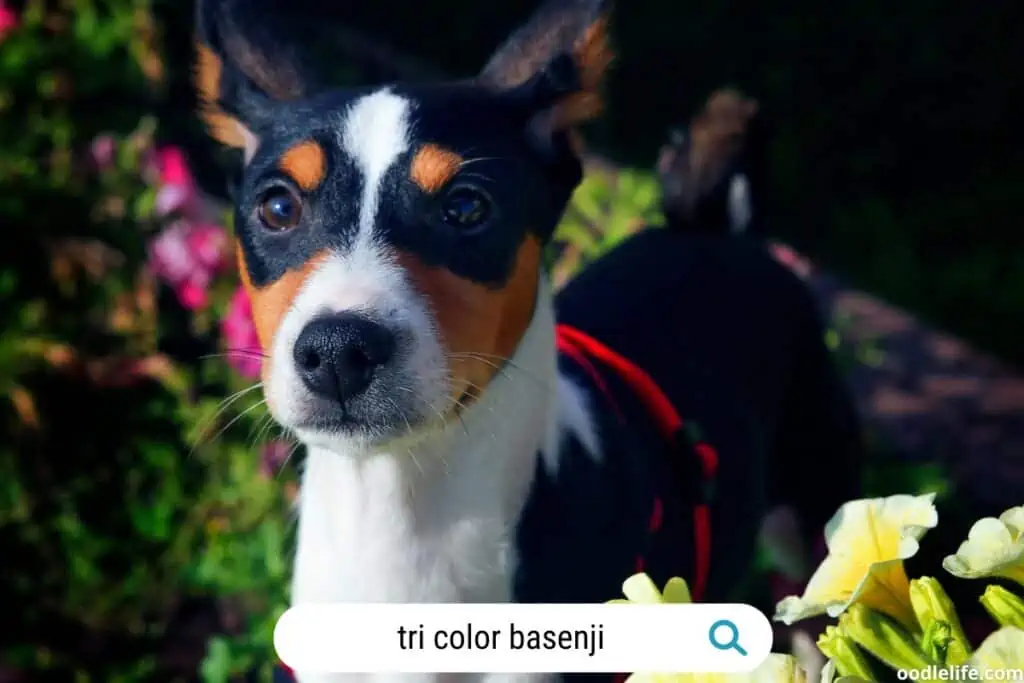
They are small hounds that measure 16 to 17 inches at the shoulder and weigh 21 to 22 lbs for females, and 21 to 24 lbs for males.
They are known to carry their heads high, and their tails are tightly curled over the back. Their legs are lengthy relative to their size, which contributes to this breed’s athleticism.
The Basenji – Temperament
Basenjis are known for being loyal, loving, and playful, but they can also have a bit of a stubborn streak. Independent, inquisitive, and alert, they are also very playful, and many Basenji owners describe their pups as being puppy-like well into adulthood.
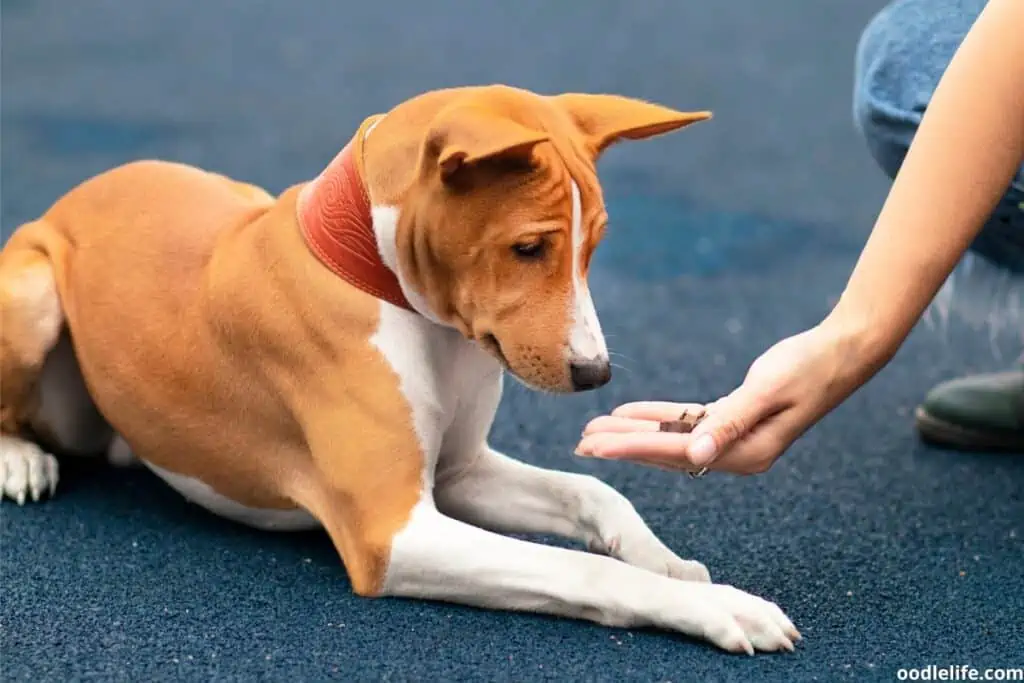
While they do form strong bonds with their human families, they typically aren’t overly clingy or needy. This independence often manifests as stubbornness, and Basenjis are notorious for being difficult to train.
However, with patience and consistent positive reinforcement training methods, most Basenjis can learn basic obedience commands such as sit, stay, come when called, and lie down. Basenjis are also famous for their unique yodeling, which is their version of vocalization since they don’t bark (though some Basenji mixes WILL bark).
These unique little dogs have plenty of love to give—you just need to be prepared to work a little harder for it than with other breeds!
The Basenji – Grooming Needs
The Basenji has a short, smooth coat that sheds moderately. The breed has modest grooming needs and their coats will need a brush every now and then to remove the dead fur and dander. They are also generally clean dogs and will need a bath only when necessary.
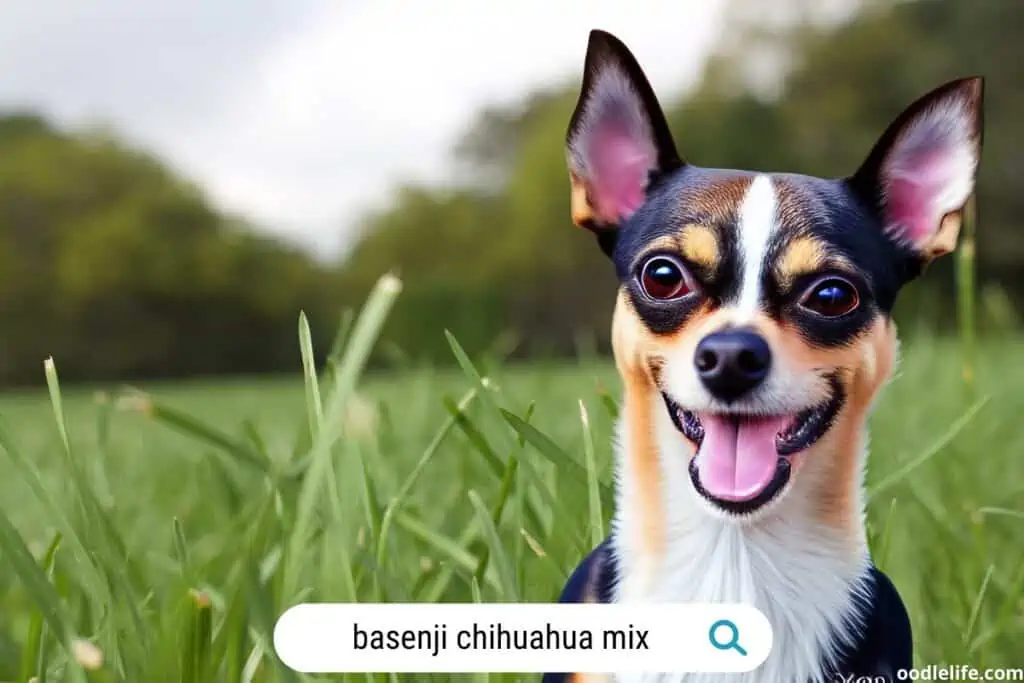
Like all dogs, you’ll need to clip a Basenji’s nails every four to eight weeks depending on their activity level and the surface on which they regularly walk or run. This simple grooming task helps to keep the nails from getting too long and sharp, which can be uncomfortable for the dog and dangerous for anyone who comes into contact with them.
In addition, long nails can also put a strain on the dog’s joints and affect their ability to walk normally. While some dogs are tolerant of nail clipping, others may find it stressful. The key is to start early, handle the feet regularly, and move slowly and gradually when trimming the nails.
In addition, their perky ears are not particularly susceptible to mites and infections, but you’ll still need to clean them every week or so. Keeping your dog’s ears clean is an important part of their overall care.
Dogs are prone to ear infections, which can be painful and lead to other health problems. Regular cleaning can help to prevent infections, and it also allows you to check for any early signs of problems.
The best way to clean your dog’s ears is to use a gentle, alcohol-free cleanser. Apply the cleanser to a cotton ball and then gently wipe the inside of the ear flap. Be careful not to insert the cotton ball too far into the ear canal, as this can damage the delicate tissue.
Once you have wiped the inside of the ear flap, use a second cotton ball to remove any excess cleaner. Ear cleansing should be part of your dog’s regular grooming routine, and it’s a good idea to check with your veterinarian if you have any questions or concerns.
The Basenji – Exercise Needs
This is where it gets a little tricky. The Basenji is an athletic, active dog that requires a minimum of 45 minutes of exercise a day to keep it physically and mentally stimulated.
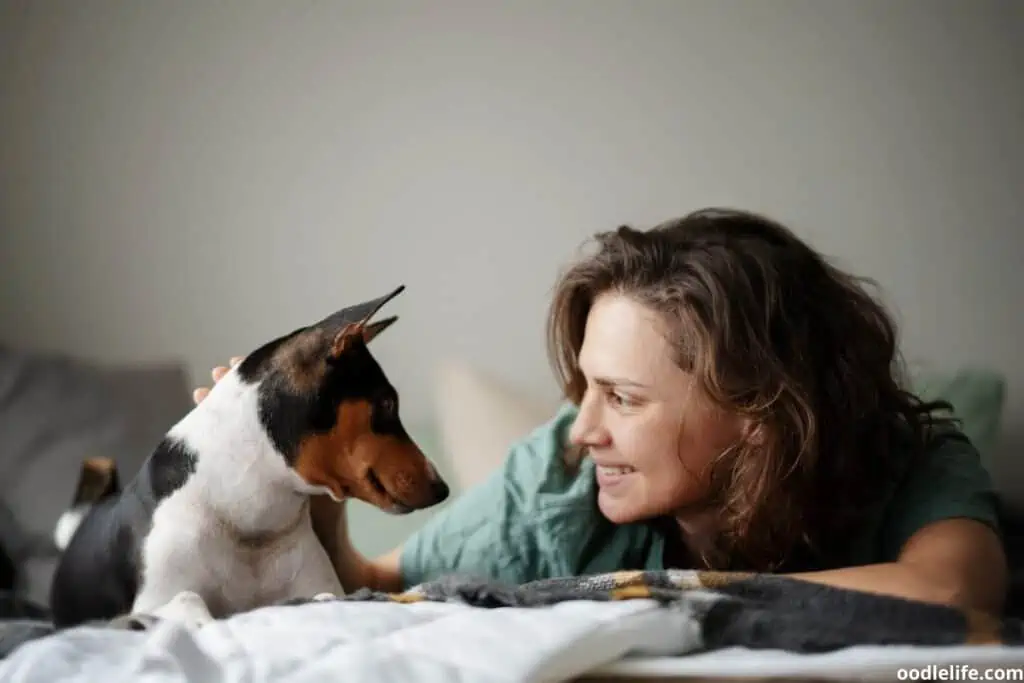
These high-energy dogs were originally bred in Africa to help with hunting, and they still have a strong desire to run and play. An adult Basenji in good shape needs at least an hour of exercise every day, which can include running, playing fetch, or going for a long walk.
Without enough physical activity, Basenjis can become bored and destructive. They are also known for being particularly adept climbers, so it’s important to make sure your fence is tall enough to keep them contained.
Health Concerns Of Basenjis
Basenjis are generally healthy dogs with a lifespan of 12 to 14 years. However, like all pure breeds, the Basenji is also prone to a few health problems.
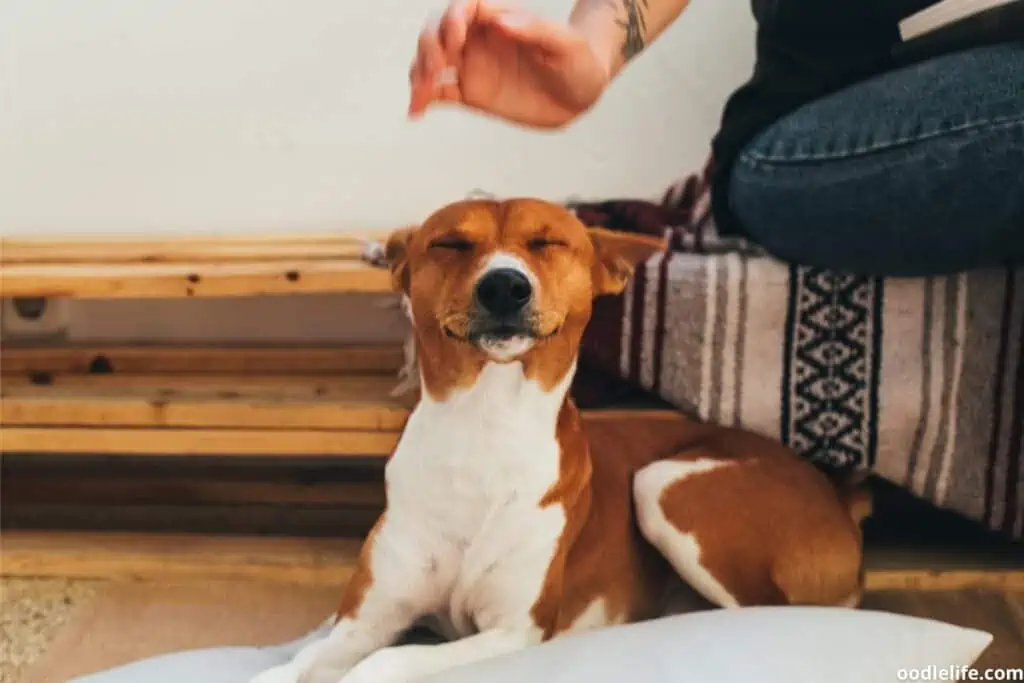
Hypothyroidism
Dogs are susceptible to a number of health problems, and one of the most common is hypothyroidism. This condition occurs when the thyroid gland doesn’t produce enough hormones, leading to a number of symptoms such as weight gain, lethargy, hair loss, and dry skin.
If your dog is showing any of these symptoms, it’s important to take them to the vet for a check-up. Hypothyroidism is usually diagnosed with a blood test, and it can be treated with medication.
Canine Hip Dysplasia
Canine hip dysplasia is a condition that affects the hip joints of dogs. The condition is caused by a malformation of the hip joint, which can lead to pain and lameness. In severe cases, canine hip dysplasia can require surgery to correct the problem.
There are several factors that can increase a dog’s risk of developing canine hip dysplasia, including genetics, obesity, and joint trauma. Some breeds of dogs are also more susceptible to the condition than others.
Signs of canine hip dysplasia include limping, stiffness, and pain. Diagnosis is typically made through X-rays and other imaging tests. Treatment options include weight management, exercise, physical therapy, and medication. Surgery may also be necessary in some cases. Canine hip dysplasia is a serious condition, but with proper treatment, most dogs can live normal, happy lives.

Patella Luxation
Patella luxation is a common condition in dogs, particularly small breeds. It occurs when the kneecap (patella) slips out of place, causing pain and lameness. There are four grades of patella luxation, depending on how often the kneecap dislocates.
In grade one, the kneecap may slip out of place occasionally but pops back into position on its own. Grade two patella luxation is more severe, with the kneecap slipping out of place more frequently. In grade three, the kneecap is permanently dislocated and can only be relocated manually.
Grade four patella luxation is the most severe, and the kneecap cannot be relocated manually. Treatment for patella luxation depends on the severity of the condition. For mild cases, treatment may not be necessary. However, for more severe cases, surgery may be required to realign the bones and ligaments around the knee joint.
Corneal Dystrophy
One of the more serious conditions that can affect dogs is corneal dystrophy. This condition is characterized by a thinning or deterioration of the cornea, the clear outer layer of the eye. While the exact cause of corneal dystrophy is unknown, it is believed to be partly hereditary.
Symptoms of the condition include increased tears, squinting, and sensitivity to light. If left untreated, corneal dystrophy can eventually lead to blindness.

Progressive Retinal Atrophy (PRA)
Another eye condition, progressive retinal atrophy (PRA) is a degenerative eye disorder that Basenjis are susceptible to. Early signs of PRA include night blindness, which progresses to complete blindness over time.
PRA is caused by the gradual loss of photoreceptor cells in the retina, and unfortunately, there is no cure.
Final Thoughts
Basenjis are a loyal, loving breed but they aren’t the right breed for some households. They need loads of exercise or they can become bored and destructive. However, owners that take the time to socialize and exercise a Basenji will have a wonderful companion that will give them many happy years!
